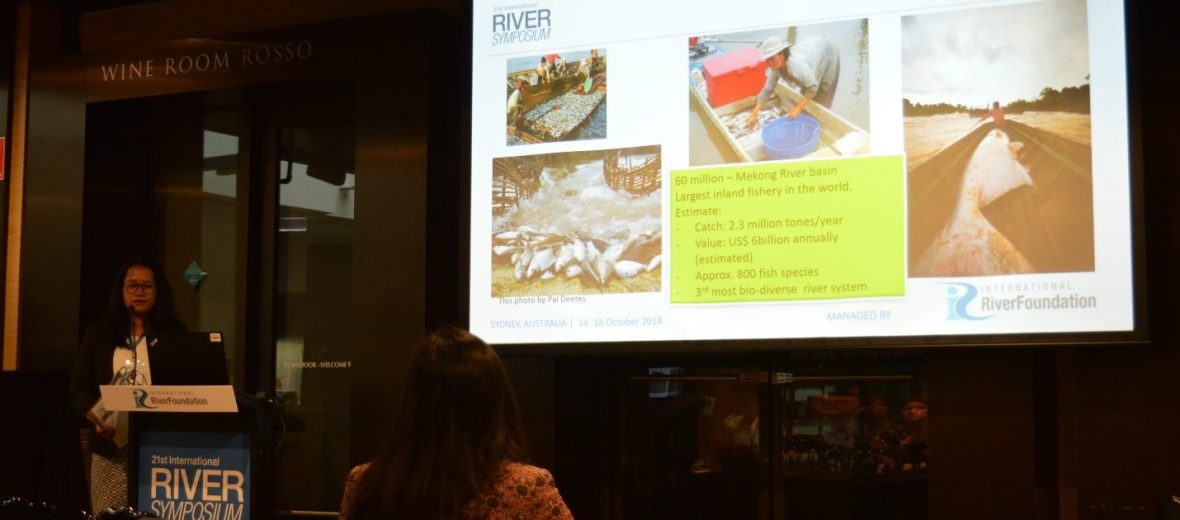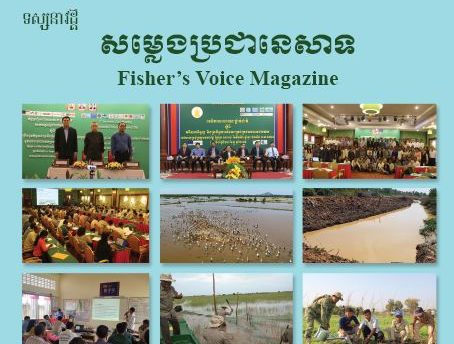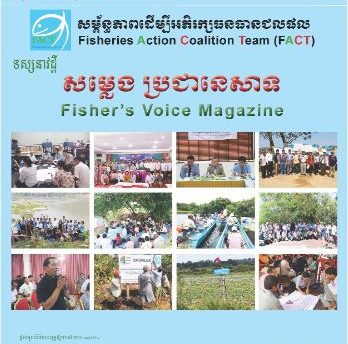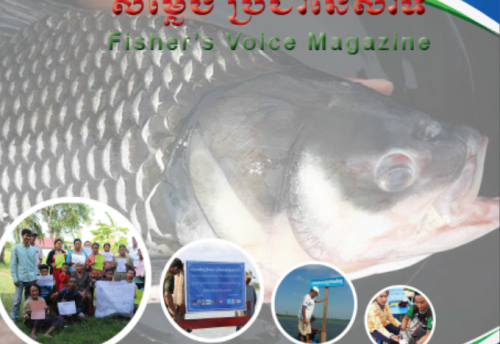
I felt very excited when Oxfam’s Mekong Regional Water Governance Program invited me to attend the 21st annual International River Symposium (IRS) in Sydney, Australia. It was such a great platform for sharing, networking and learning innovative ideas about key aspects of the rivers and water management, especially meeting with potential donors such as Department of Foreign Affairs and Trade (DFAT).
Representing my organization, Fisheries Action Coalition Team (FACT), I contributed my experiences in a panel session, “Engagement, Inclusiveness, and Ethics” which Oxfam’s staff presented on the Inclusion of Civil Society in Water Governance: Lesson from in the Mekong. I highlighted FACT’s work in the fisheries sector including building and strengthening the Cambodia Fisheries Network (CFN), improving livelihoods of fishers in Tonle Sap, Mekong and the coastal areas in Cambodia, and networking with other national, regional, and international networks.
I was also able to share FACT’s work in addressing the challenges in fisheries resources management and conservation, such as illegal fishing activities and practices, plastic and waste pollution, and impacts from climate change and hydropower development project on fishery resources along Mekong and Tonle Sap Great Lake.
The IRS was a great platform to discuss hot topics such as hydropower projects on the Mekong River, and brought some interesting perspectives to the table from different stakeholders, international organisations and academics from across the globe.

Senglong and Oxfam team attended one of the session about water governance at the 21st annual International River Symposium in Sydney, Australia. Photo courtesy of IRS
There were some engaging questions asked by participants, especially about civil society engaging on hydropower development projects along the Mekong, what is the effective way that civil society could get their ‘intended message’ to the government.
I responded that no matter how big or limited the space is, civil society’s role depends on the nature of the project and whether it is locally or regionally based. If it’s a local project then most of the time, the space is limited, meaning that opportunity for broad and open engagement with local dam development projects is very limited. But, if the dam project is a regional investment such as the Xayaburi and Don Sahong dams in Lao PDR, then there is still space for broader and open engagement by the public, especially by CSOs and dam affected communities.
I also added that there is a need to further improve the level of public engagement surrounding hydropower development projects. The previous year of CSO’s space for public engagement from 2017, I believe, has been improved.
Examples of this include representatives of the Rivers Coalition in Cambodia (RCC) and Save the Mekong Coalition (StM) being invited to important regional events organized by the Mekong River Commission (MRC), such as the 3rd MRC Summit in Siem Reap, Cambodia in April, when they had not been invited in the past.
More importantly, there is a higher commitment by MRC’s development partners to improve public engagement with CSOs, dam affected communities and the public, as was demonstrated by them holding two meetings in 2017 and two meetings this year between StM representatives and the development partners.
Overall impression
I impressed with the IRS because it is a very important international platform for river managers, policy developers, scientists, consultants, NGOs, community organisations and academics as well as activists who work directly at watersheds and on related current issues of the water governance to exchange knowledge and best practices on river management with strong evidences, in particular it is a place to build a strong river networking.

















Leave a Reply